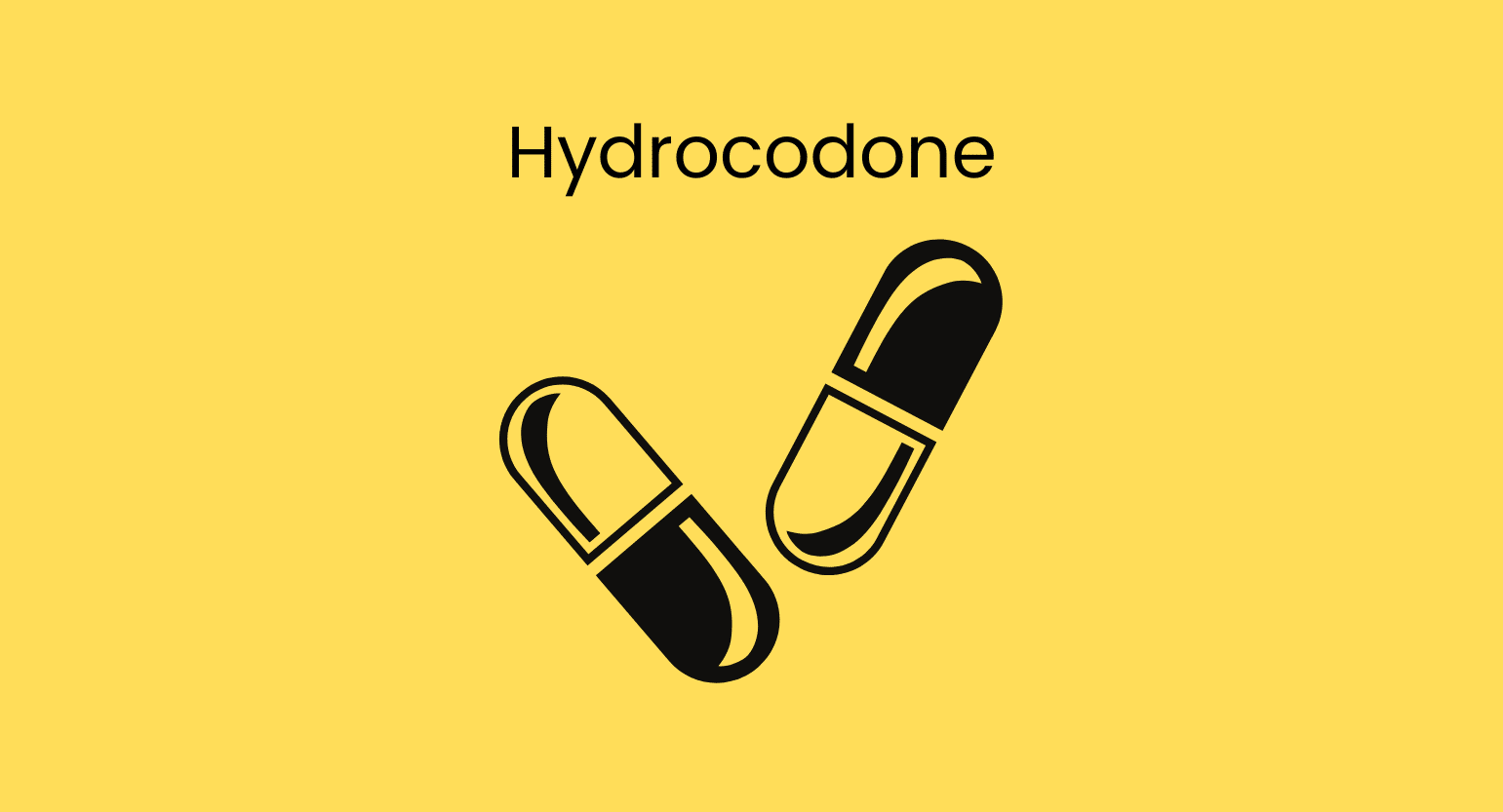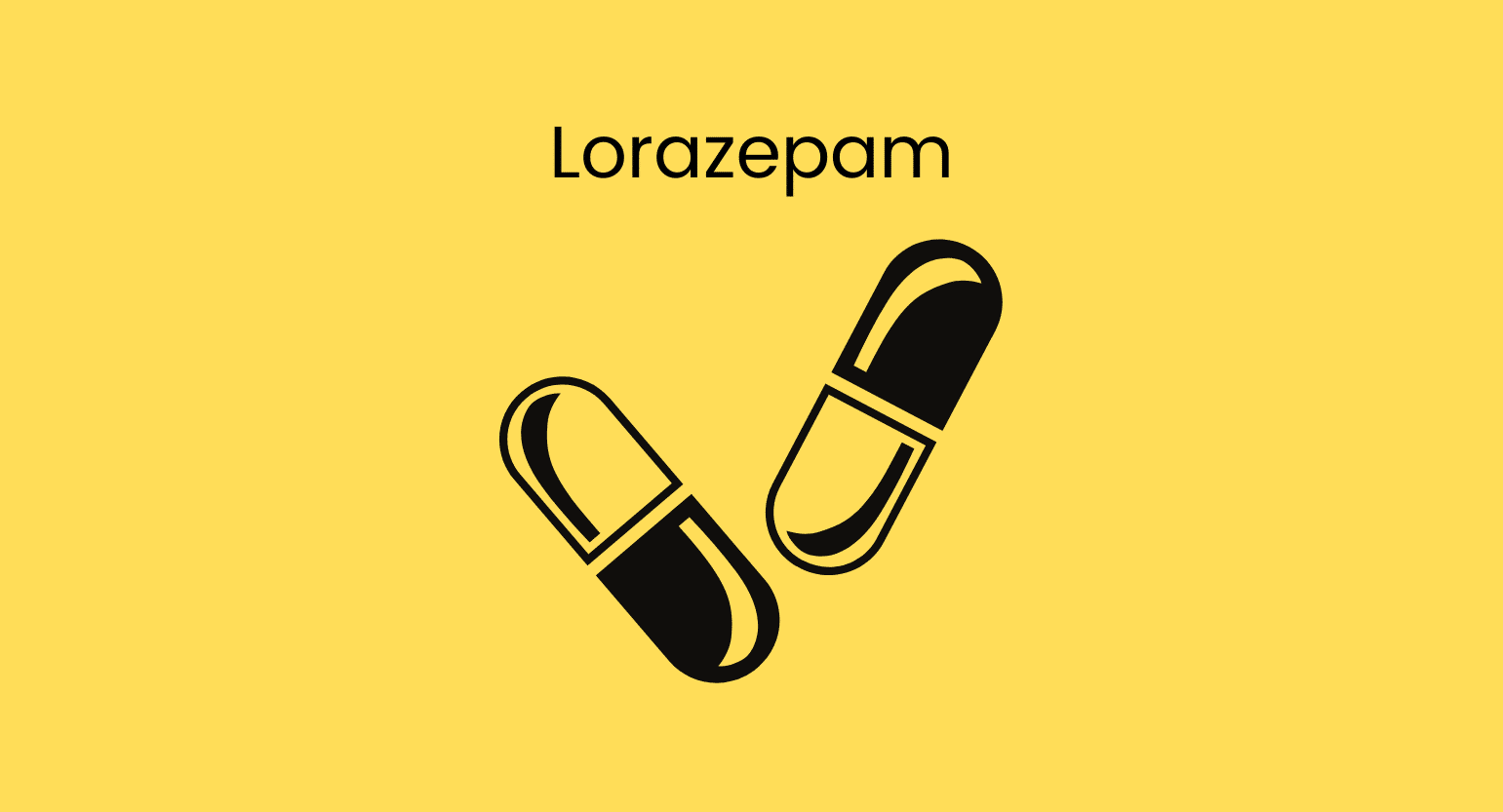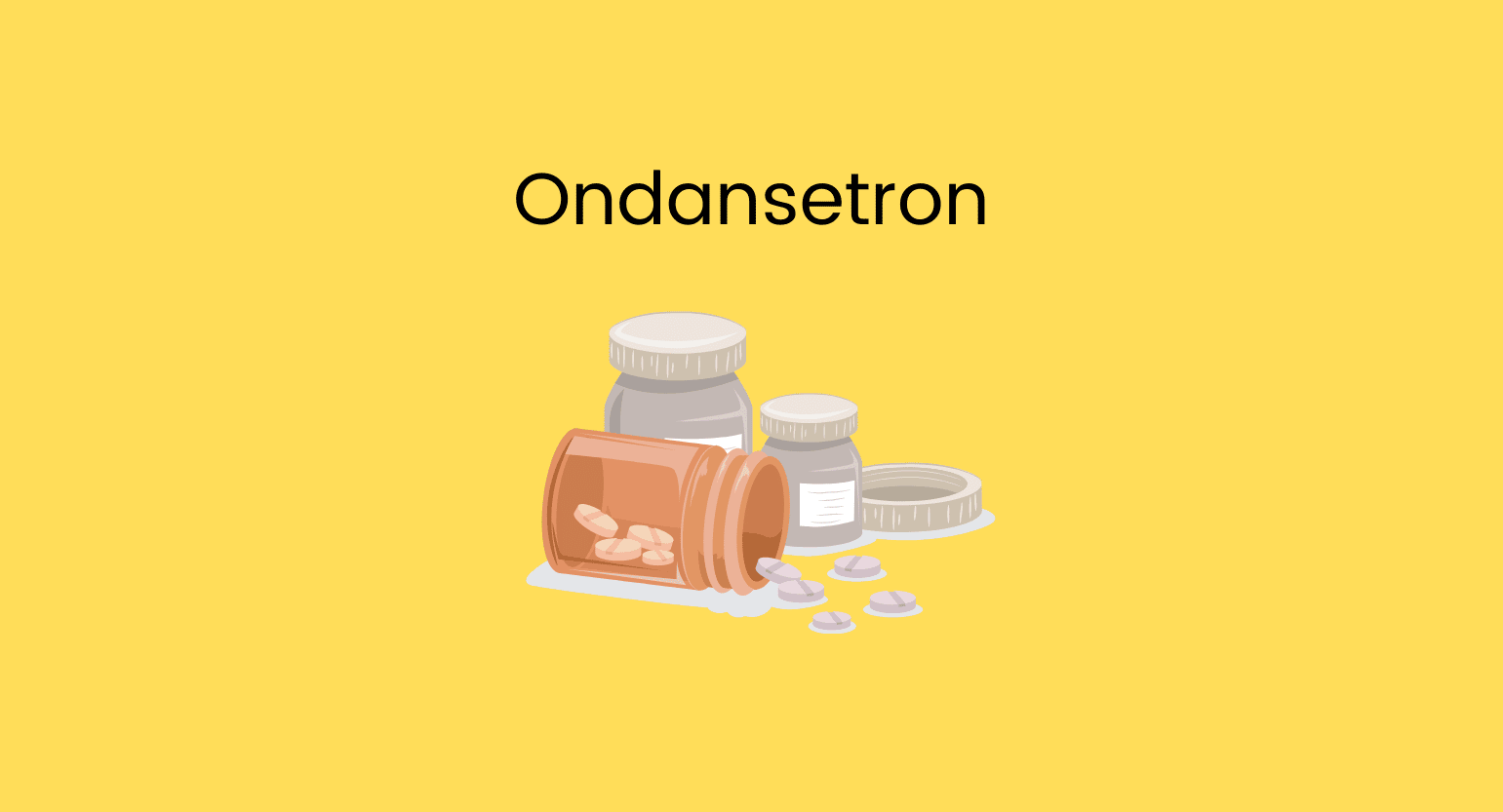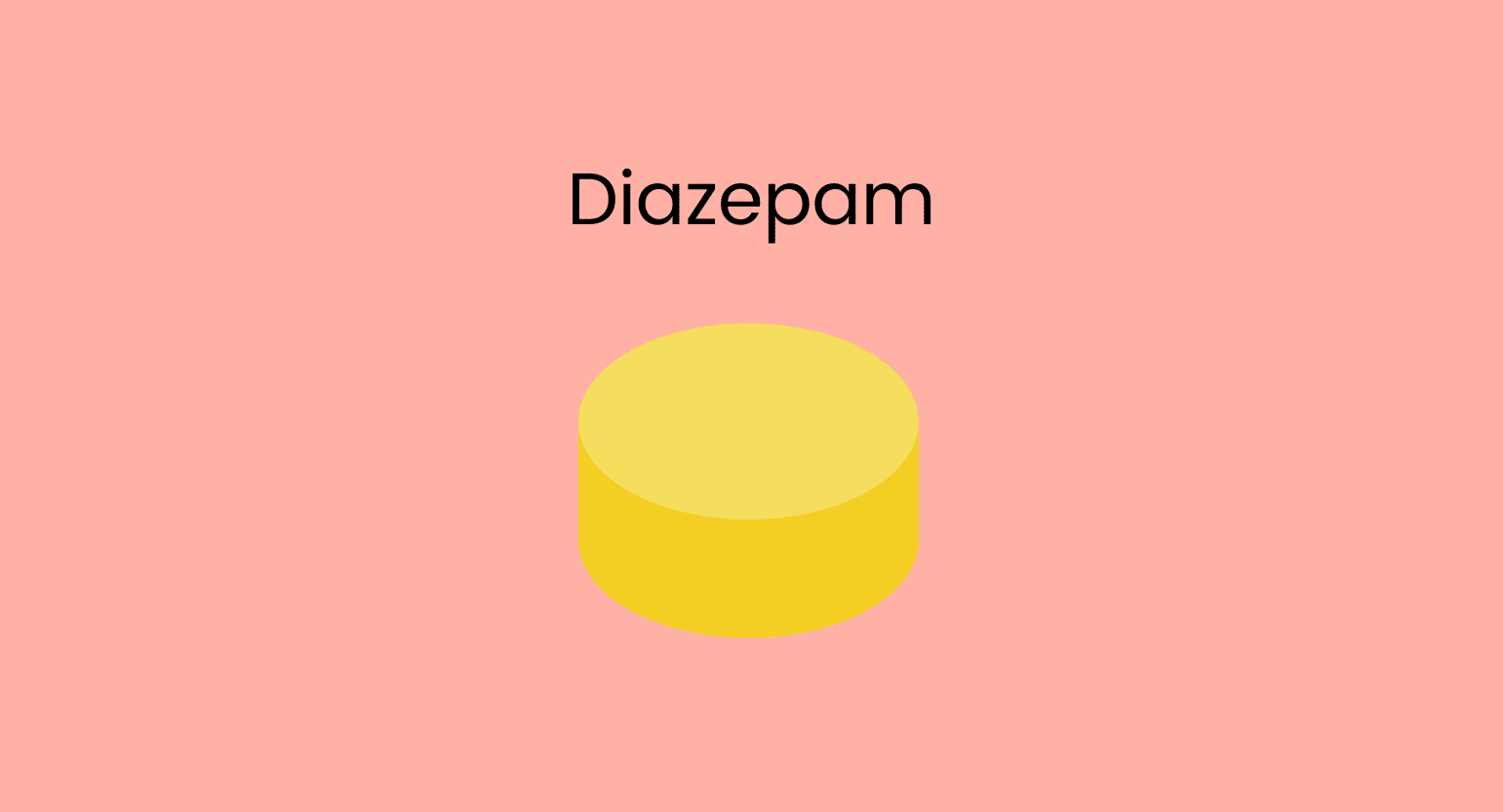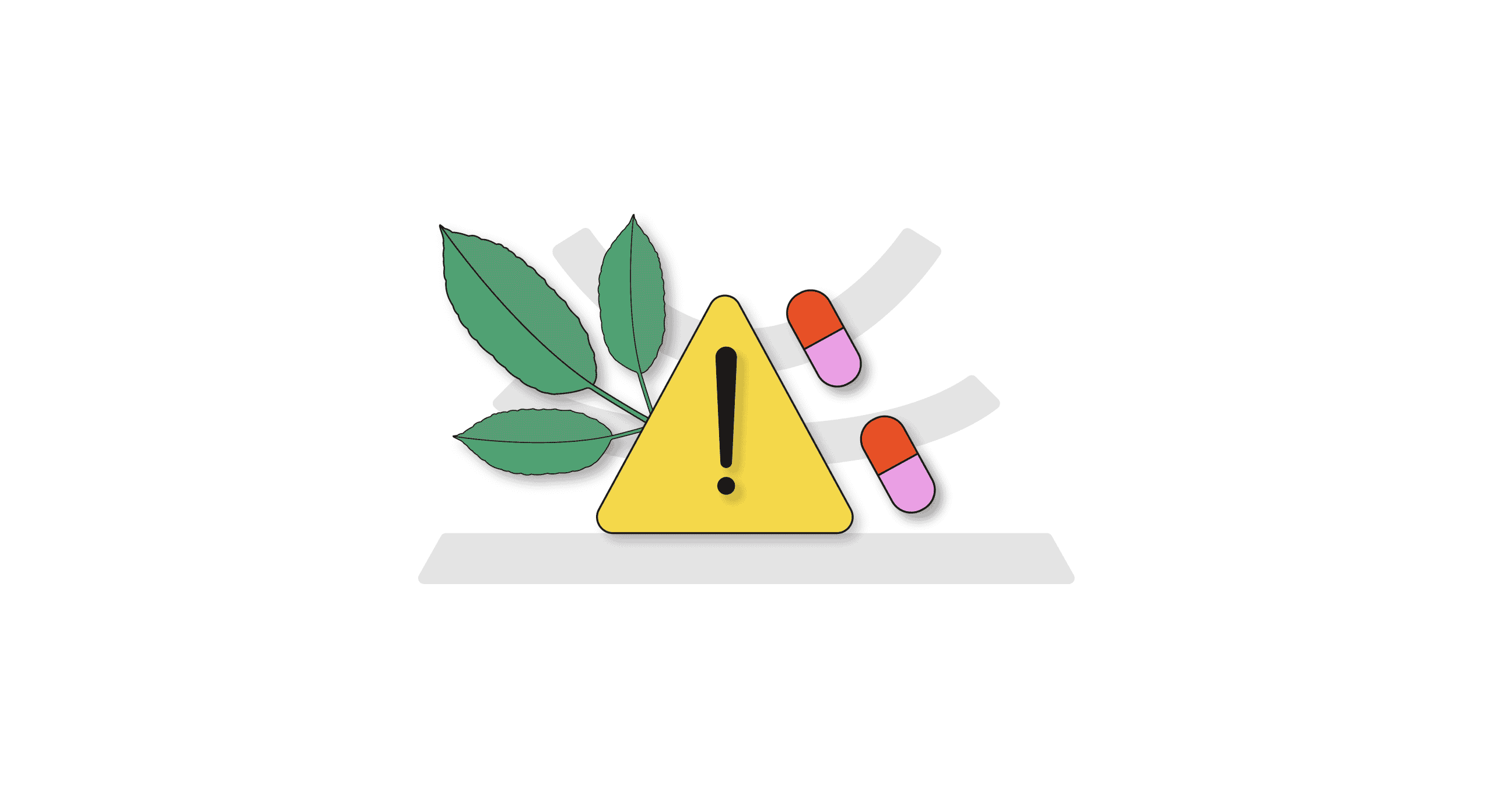Does Kratom Interact With Hydrocodone?
Kratom and hydrocodone are known to interact with each other.
Both substances interact with the opioid receptors, and when taken together, they will potentiate each other’s effects [1]. This pharmacological phenomenon is known as an agonistic interaction.
Sedatives can also interact with hydrocodone, which means mixing it with certain kratom strains could be worse than others. For example, mixing hydrocodone with red vein kratom strains —the most sedative —should be avoided at all costs.
These two substances are also metabolic competitors —meaning that they require the same liver enzymes to be metabolized in the body and thus will compete with each other when taken together.
Hydrocodone is metabolized in the liver by the CYPD26 and CYP3A4 enzymes [4]. Kratom is also metabolized by the same enzymes [5].
The metabolic competition between the two will lead to a dangerous accumulation of these substances in the body, increasing the risk of side effects and overdose.
Kratom & Opioids
Hydrocodone is classified as an opioid —it binds and activates the opioid receptors in the central nervous system [2]. There are dozens of other opioid medications, all of which will share a similar level of risk when used alongside kratom.
Kratom should never be used with opioid medications unless specified by your prescribing doctor.
Other related opioids kratom will interact with include:
- Buprenorphine (Sublocade)
- Codeine
- Pethidine (Meperidine & Demerol)
- Fentanyl (Abstral & Actiq)
- Hydromorphone (Dilaudid)
- Methadone (Methadose & Dolophine)
- Morphine (Kadian & Roxanol)
- Oxycodone (Percodan, Endodan, Roxiprin, Percocet, Endocet, Roxicet & OxyContin)
- Tramadol (Ultram, Ryzolt & ConZip)
Is it Safe to Take Kratom With Hydrocodone?
No, it is not safe to mix these two substances. Be extra careful; there have been overdosing cases linked to kratom and hydrocodone.
Be sure to let your doctor know if you’re planning on taking both substances. They can give you the best professional advice considering your particular case. Additionally, they’ll be able to help you monitor yourself for potential interactions.
What is Hydrocodone?
Hydrocodone is a semi-synthetic opioid medication used to treat pain. It is also an antitussive indicated for cough in adults. This controlled medication can only be obtained with a doctor’s prescription and is available in tablets, capsules, and oral solutions [3].
Hydrocodone should only be taken when no other pain relievers work. It can be habit-forming and should never be taken differently than prescribed.

Hydrocodone (OxyContin) Specifications
| Drug Name | Hydrocodone |
| Trade Name | OxyContin, Zohydro ER, Hysingla ER |
| Other Names (generics) | Dihydocodeinone, Hydrocodone Bitartrate |
| Classification | Opiate Analgesic |
| CYP Metabolism | CYP2D6, CYP3A4 |
| Interaction with Kratom | Agonistic Interaction, Metabolic Competition |
| Risk of Interaction | Moderate |
What is Hydrocodone Used For?
Hydrocodone is used for severe pain. It is exclusively prescribed to those who will have around-the-clock pain yet won’t respond well to any other pain medication. In some instances, it may also be used as a cough suppressant.
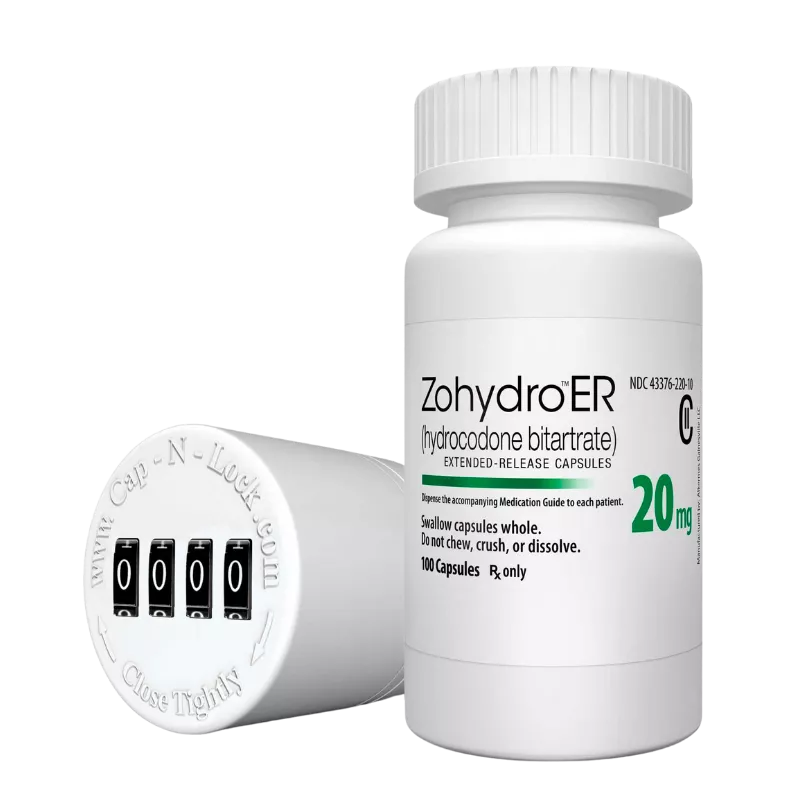
What’s the Dose of Hydrocodone?
There are two different versions of hydrocodone: extended-release capsules and extended-release tablets. The capsule is generally taken every 12 hours. The tablet is typically taken once per day.
The dosage for hydrocodone can vary between10 mg to 20 mg every 12 hours to 24 hours [4].
Hydrocodone is available in immediate-release versions but only in combination with acetaminophen and ibuprofen.
Generic & Brand Name Versions
Hydrocodone comes in a variety of different names. It’s usually offered as dihydrocodeine or hydrocodone bitartrate.
Several medications combine hydrocodone with other medications, including acetaminophen, ibuprofen, and aspirin. Please note that there may be different side effects and interactions if you take these pills instead of regular hydrocodone.
Some of the most common brand names of hydrocodone are:
- Hycodan
- Hysingla ER
- Zohydro ER
What Are the Side Effects of Hydrocodone?
Mild to moderate side effects of hydrocodone may include:
- Ankle, leg, or foot swelling
- Back pain
- Difficult, painful, or frequent urination
- Dry mouth
- Hard time falling or staying asleep
- Headache
- Muscle tightening
- Ringing in the ears
- Stomach pain
- Tiredness
- Uncontrollable shaking
Serious side effects may include:
- Changes in heartbeat
- Chest pain
- Diarrhea
- Difficulty breathing or swallowing
- Dizziness or weakness
- Erectile dysfunction
- Fast heartbeat
- Hallucinations and/or agitation
- Hoarseness
- Irregular menstruation
- Itching and/or hives
- Loss of appetite
- Loss of coordination
- Nausea or vomiting
- Severe muscle twitching or stiffness
- Shivering
- Sweating, fever, and/or confusion
- Swollen throat, tongue, lips, face, or eyes

What is Kratom?
Kratom is a plant that originated in Southeast Asia. It has been used in the west since the 19th century, but people in countries like Indonesia, Vietnam, and Thailand have used it for hundreds of years as traditional medicine. It offers pain relief in high doses and works as a sedative in lower doses.
What’s Kratom Used For?
People in Southeast Asia regularly chew on raw kratom leaves. However, you can also take kratom as a powder, brew kratom leaves into a tea, or smoke them.
Kratom can benefit various health concerns, ranging from insomnia and anxiety to elevating mood and enhancing physical endurance.
What’s The Dose of Kratom?
Your ideal kratom dosage might vary depending on what you need it for and how much experience you have.
However, the general kratom dosage guidelines are as follows:
- Low-Dose Kratom (2 to 6 grams)
- High-Dose Kratom (6 to 12 grams)
Be sure not to take more than 12 grams at a time since you could experience kratom’s side effects.
Related: Can You Overdose on Kratom?

What are the Side Effects of Kratom?
As with most other supplements and medications, kratom has a list of possible undesired effects. The chances of experiencing these side effects, however, can be minimized if you take kratom following the dosage guidelines and take regular tolerance breaks.
The most common side effects of kratom include:
- Anxiety or restlessness
- Constipation
- Diarrhea
- Dizziness
- Hyperpigmentation
- Insomnia
- Itchy skin
- Low blood pressure
- Low libido
- Nausea
- Poor appetite
- Seizures
- Tremors or muscle contractions
What are the Different Types of Kratom?
- White Vein Kratom — The most stimulating strain, boosts motivation and mood.
- Red Vein Kratom — Sedating and relaxing helps with sleep and pain relief.
- Green Vein Kratom — A balanced strain that’s stimulating, and used for anti-anxiety and sleep.
- Yellow Vein Kratom — Weaker than the white vein, enhances mood, and improves concentration.

Key Takeaways: Is it Safe to Mix Kratom & Hydrocodone?
Because of the interactions between hydrocodone and kratom, this combination is not safe and should be avoided. This is especially dangerous when hydrocodone is mixed with kratom as an adulterant.
They are both known to cause liver issues and may increase each other’s effects — leading to a higher chance of side effects.
Always speak to your doctor before you begin taking hydrocodone and kratom together. They can help you determine if the rewards outweigh the risks.
- Marco, C. A., Plewa, M. C., Buderer, N., Black, C., & Roberts, A. (2005). Comparison of oxycodone and hydrocodone for the treatment of acute pain associated with fractures: a double-blind, randomized, controlled trial. Academic emergency medicine: official journal of the Society for Academic Emergency Medicine, 12(4), 282–288.
- Habbouche, J., Lee, J., Steiger, R., Dupree, J. M., Khalsa, C., Englesbe, M., … & Waljee, J. (2018). Association of hydrocodone schedule change with opioid prescriptions following surgery. JAMA Surgery, 153(12), 1111-1119.
- Cofano, S., & Yellon, R. (2021). Hydrocodone. In StatPearls [Internet]. StatPearls Publishing.
- Prommer, E., Jacobs, P., & Mehta, A. K. (2021). Palliative Care and Cancer Pain. In Pain Care Essentials and Innovations (pp. 91-111). Elsevier.
- Kamble, S. H., Sharma, A., King, T. I., León, F., McCurdy, C. R., & Avery, B. A. (2019). Metabolite profiling and identification of enzymes responsible for the metabolism of mitragynine, the major alkaloid of Mitragyna speciosa (kratom). Xenobiotica, 49(11), 1279-1288.

